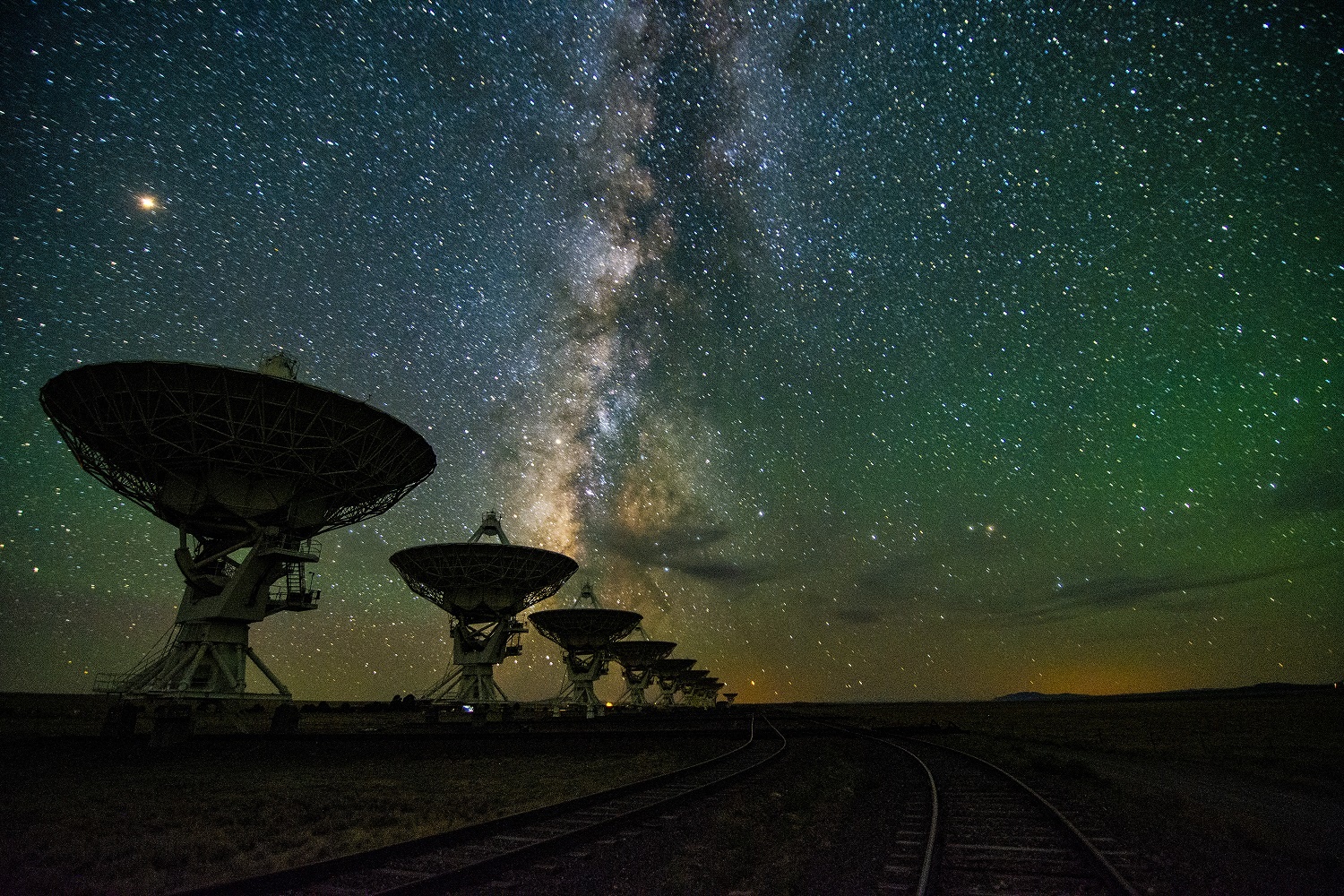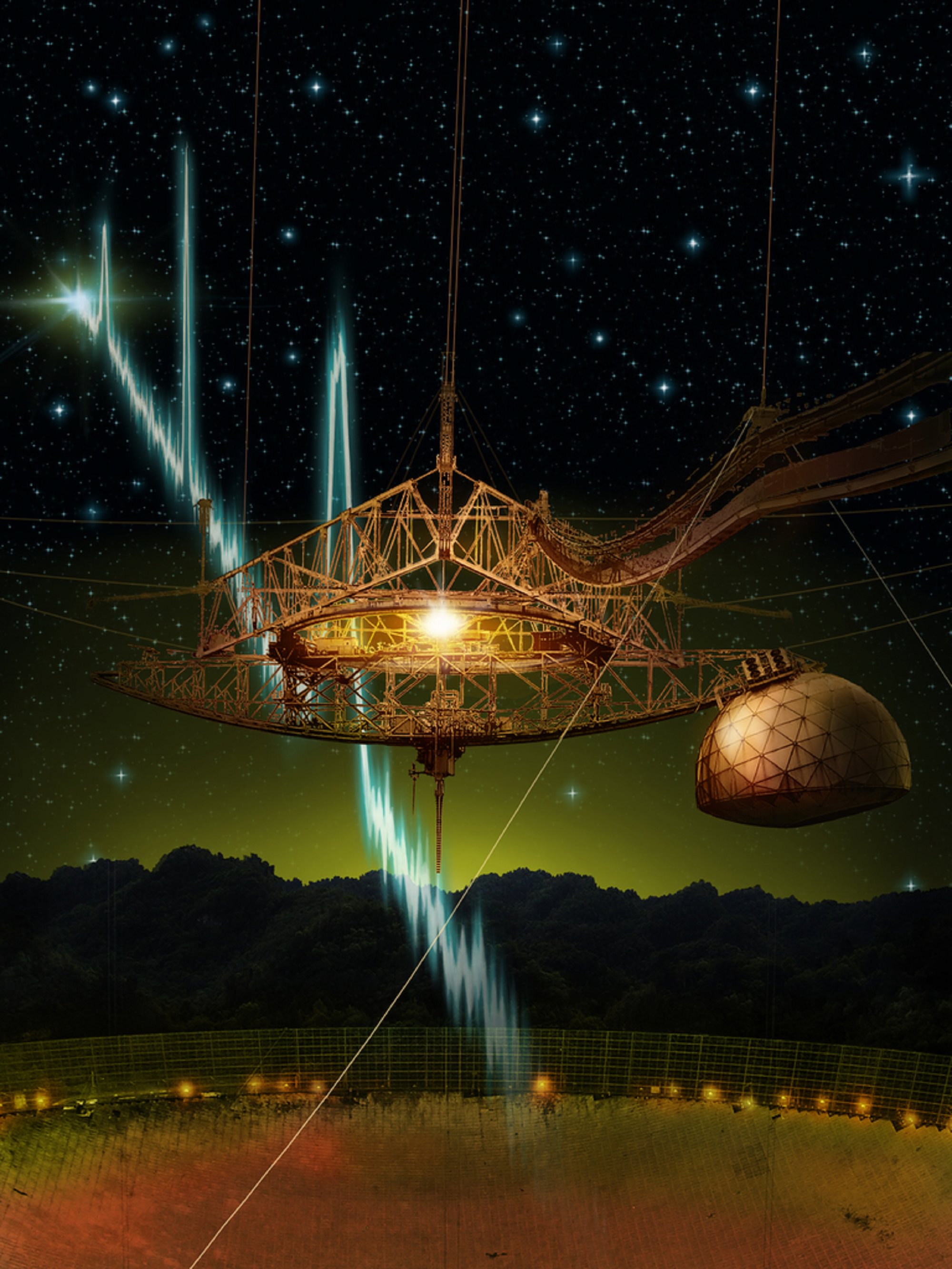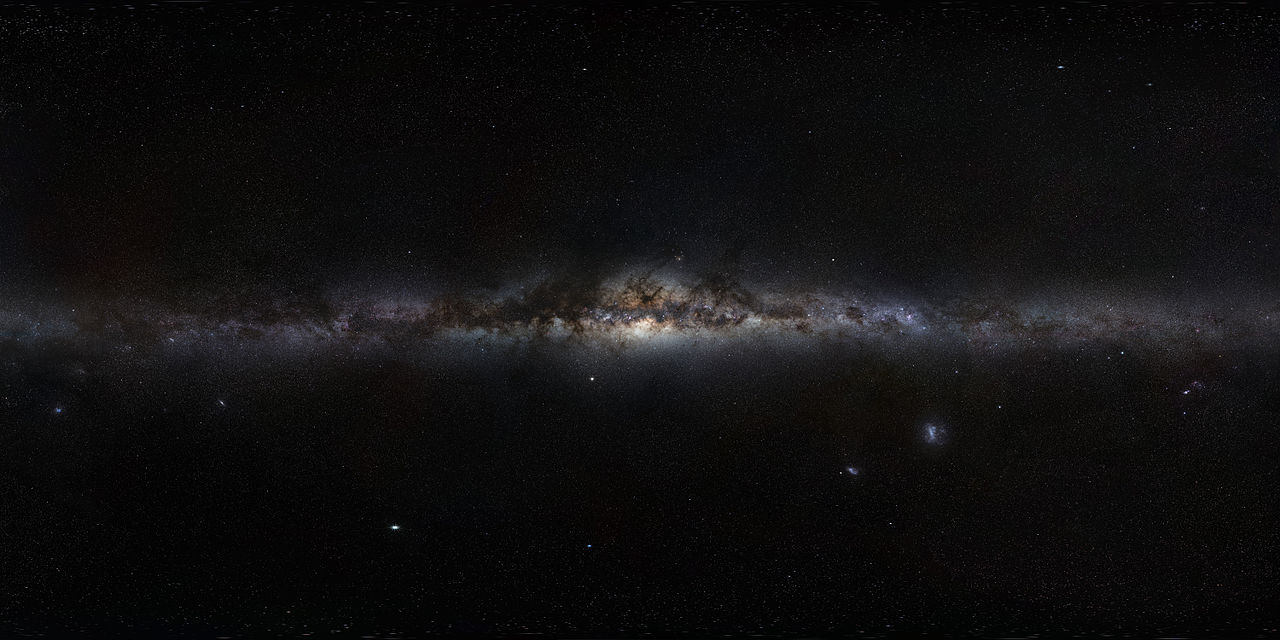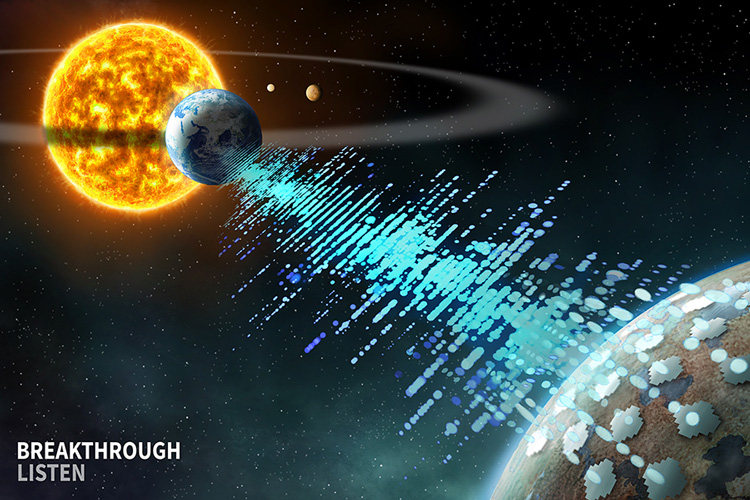In July of 2015, Breakthrough Initiatives announced that it was embarking on a ten-year initiative to conduct the largest Search for Extraterrestrial Intelligence (SETI) to date. This initiative was aptly named Breakthrough Listen, which combines state-of-the-art software and data obtained by premier observatories around the world to look for signs of extraterrestrial technological activity (aka. technosignatures).
In recent years, Breakthrough Listen has made two major releases of data, and announced a lucrative collaboration with NASA’s Transitting Exoplanet Survey Satellite (TESS) mission. And most recently, Breakthrough Listen announced the release of their catalog of “Exotica” – a diverse list of objects that could be of interest to astronomers that are searching for signs of technosignatures and extraterrestrial intelligence (ETI).
Continue reading “Breakthrough Listen Releases its one-of-Everything “Exotica” Catalog”








